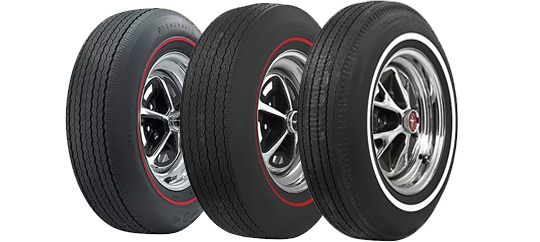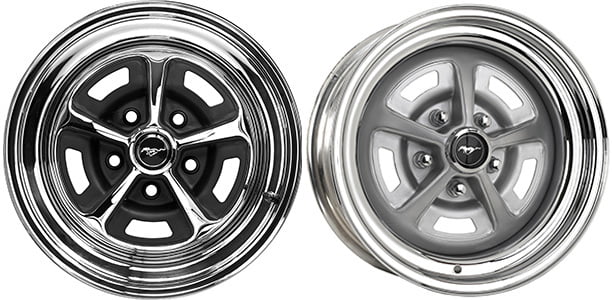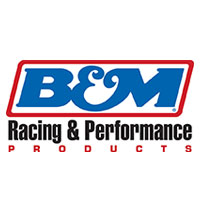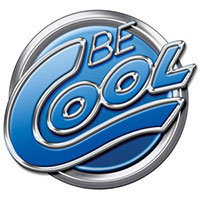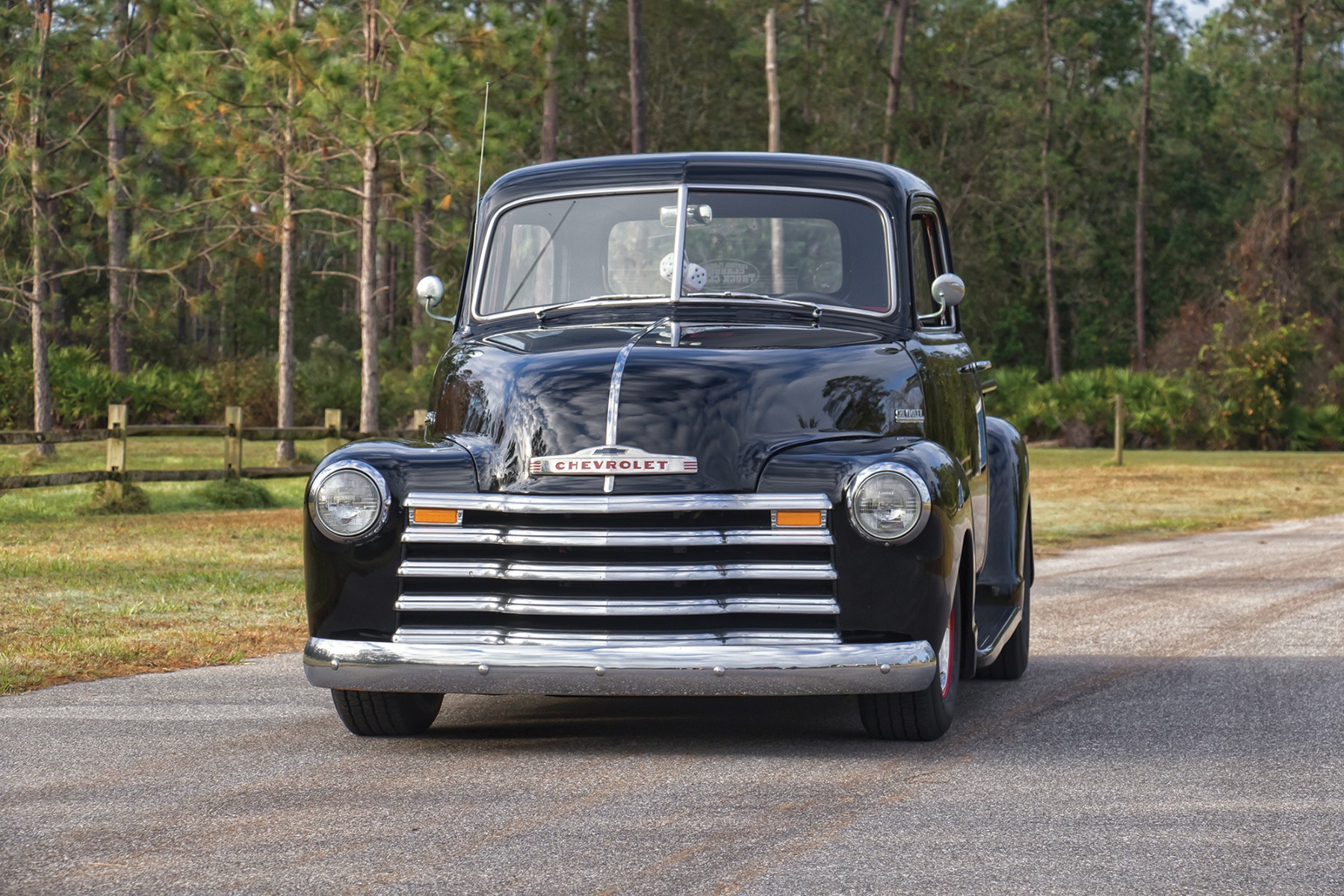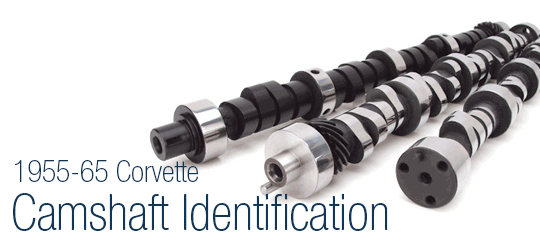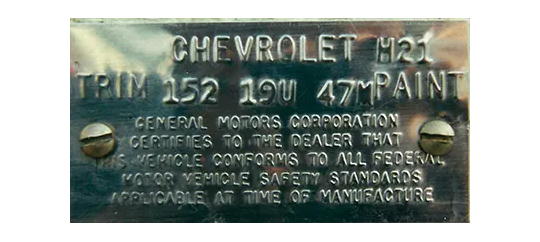Molding Painting Tips
- Jul 14, 2015
How to: Removal and refinishing painted moldings
Tools you’ll need: Will vary depending on parts. Typically, a screwdriver or socket set will do the trick.
Tinware you’ll need: Spray paint, masking tape, fine grits wet sandpaper (800, 1000 grits)
Face it. If you drive an old car on a semi-regular basis, you are bound to catch a few chips and dings here and there. Along with the paint job, the body moldings are very fragile pieces of the exterior that can often take the brunt of time on the open road. Most were made of thin aluminum or pot metal and don’t exactly stand up well to tiny rocks or dirt clods being hurled at them at 70+ mph. In fact, just about every original car we have seen has some sort of trim damage from the road (not to mention all the years under the scorching sun). Although minor in comparison to some, it’s the attention to finishing details like this that can really set a car apart from the rest of the pack.
In the world of aftermarket reproduction trim, there are obviously plenty of parts available, but if you are wanting to save some scratch and do the job yourself, the fix is easy and costs about next to nothing. So with that said, let’s get started!

We decided to nominate a pair of painted aluminum headlight bezels for the job. These are from a 67 Chevelle, but this tip will work for any year or model. The bezels are decent, but with spotted and flaking paint they lack the clean show-quality look the rest of the car deserves. We started by first removing them from the front-end assembly with a small Phillips screwdriver. On this particular car, there are just two screws on the top and two valance-mounted retainers securing the bezel on the bottom.

Once they were off, we used fine grit wet sandpaper (started with 800 grit, finished with 1000) to slightly scuff them up and flatten the old paint “edges” for better paint adhesion. It’s only necessary to sand the painted areas of the molding.
After sanding and cleaning the parts of all dirt and grease, it’s now time for the tedious chore of masking. If you have ever painted anything before, you know the importance of properly masking off with clean, straight lines. The tape edges will ultimately determine the finished product. So make sure the tape is well adhered and flat on the surface to be painted. This will help prevent bleed-through and runs in the paint. By taking the extra time to carefully prep and mask the parts, you will ensure quality results.

With all the hard stuff out of the way, the actual painting process can be fun. I love watching an old cracked-up, faded paint job transform into a clean, glossy coat of glass. It can be addicting! Follow the manufacturer’s directions on the paint being used and always lay down light, even coats (until complete coverage is achieved) especially for high profile items such as grilles and bezels. They definitely need the extra coating and protection. If at all possible, paint outdoors in a dry, warm, sunny climate. Garages are often damp and are prone to hold moisture. The sun will not only speed up curing times for the paint, but it will also supply plenty of natural light. After the painting is done, allow ample drying time before reinstalling the pieces back on the car.
Tip: Spray paint has a nasty habit of traveling. Make sure you mask off other areas of the molding that are not intended for paint.







